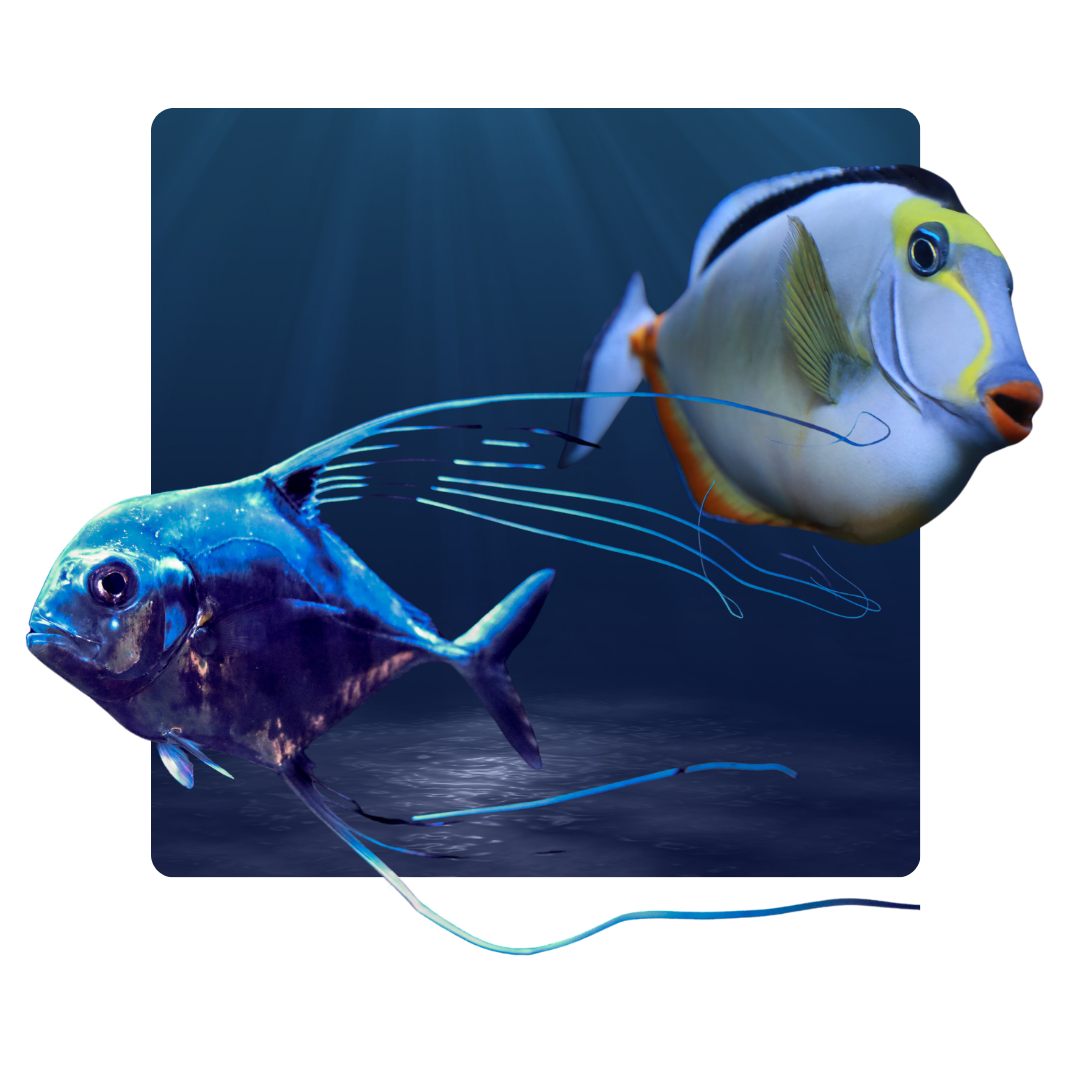As the world panicked about not having enough antibacterial soap and sweat pants became the new work attire as stay-at-home orders went into effect- it might seem like a closed aquarium would be tranquil without guests, but Maui Ocean Center has been bustling with developments as we utilize this closure in positive ways, enhancing exhibits and updating the park in the anticipation of the return of our ʻohana (family) and visitors (malahini).
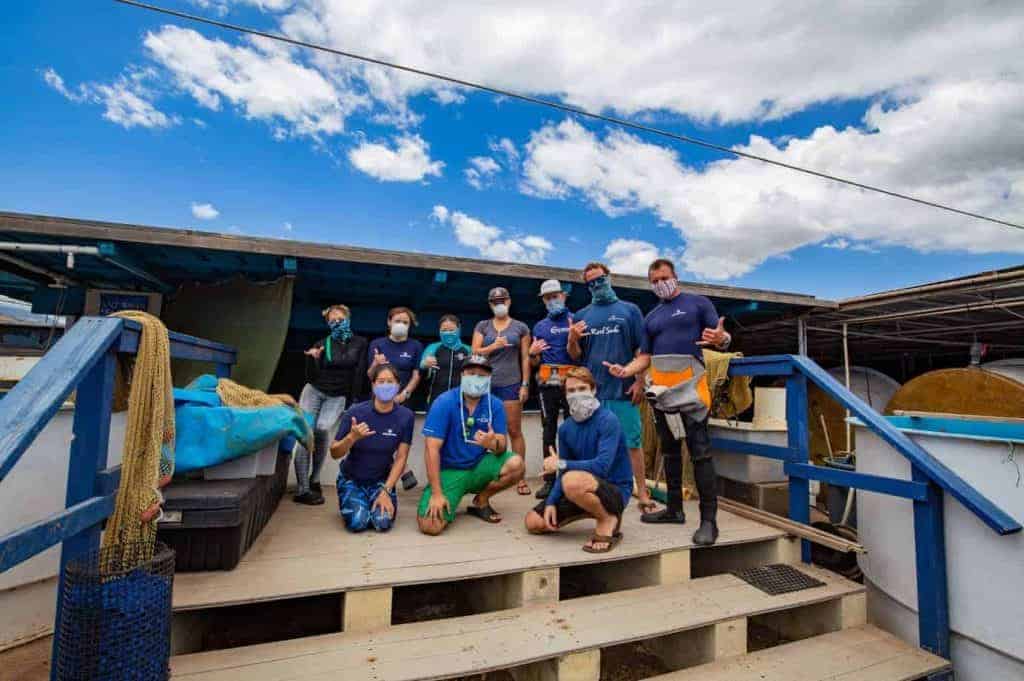
Aquariums are definitely more complicated than most people would assume, especially when you are fostering both fish and live corals. Finding the perfect harmony between lighting, habitat, water flow, air, and species compatibility is a puzzle specific to each exhibit. Since the wellbeing of our marine life depends on this balance, we are continuously monitoring life support systems to ensure each exhibit has the optimum living environment.
As electricity and water were not destined to be together, lighting in an aquarium setting is definitely a challenge, so waterproof fixtures and switches must be installed for utmost safety. It might not seem like much more than illuminating the exhibits, but the lighting used for our aquariums is specialized for plant growth.
As always remember to Mālama (to care for) Maui’s environment & local culture by:
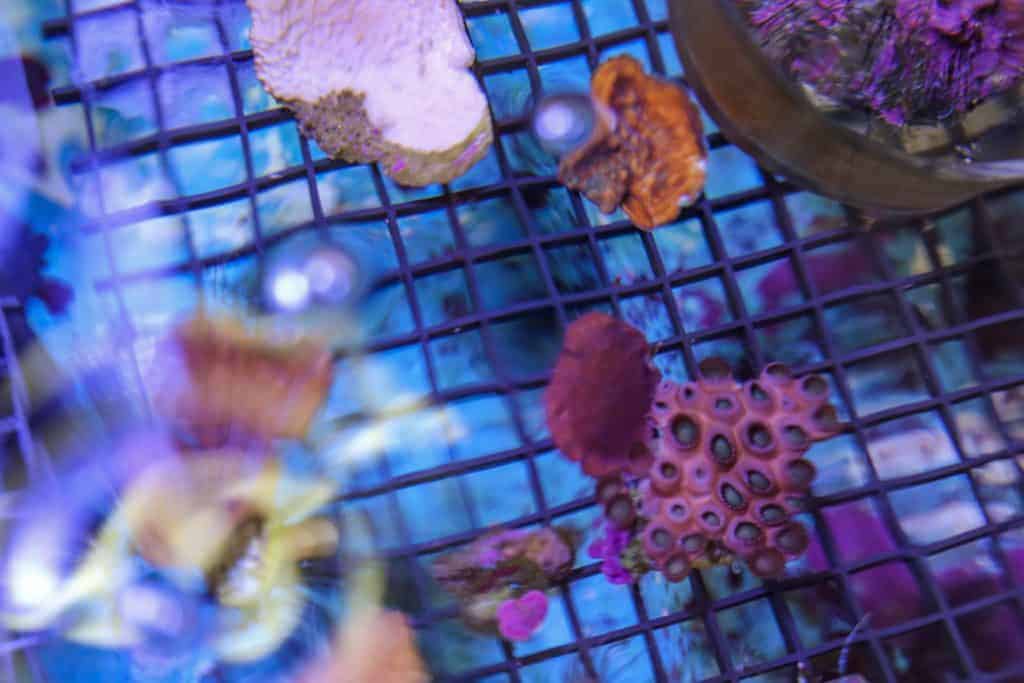
Did You Know? Coral is a living animal! It relies on plant growth as it contains microscopic algae called zooxanthellae to survive. The relationship is mutual – coral provides a safe place for the algae to live, and in return, the algae provides nutrients to the coral through photosynthesis.
Coral requires ongoing nurturing to ensure a healthy eco-system. In order to sustain balance and harmony between the different species, routine reconstructions are needed to manage any shading, stinging or other competitive behavior between the 40 plus species exhibited. Those that outgrow their tank positions or have broken fragments are relocated to give them ample space to thrive. And often, additional swim-throughs are created by removing old live rock for a more dynamic and exploratory environment. It’s all about “coral-tetris”, to find the optimal environment and position for optimum health, well-being, and viewing.
As corals have a natural beauty, we add a variety of above water and submersible lighting so our Guests can witness their brilliance. Often time, we add further illumination inside caves so other marine life such as the Spotfin Squirrelfish in our Moorish Idol exhibit can be easily seen.
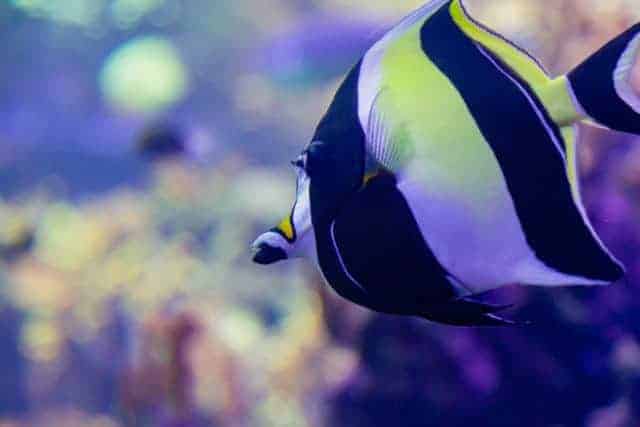
Did You Know? While most folks associate the exhibits with the animals inside them, the curatorial team refers to them by their area and number. Throughout the reef building we have three areas, and we also have our lab and quarantine areas.
Building with live rock and coral is not as simple as attaching one Lego to the next. We adhere to strict marine safe products and practices. Using a two-part epoxy compound mixed in its malleable form, we clean receiving surfaces by toothbrush, and then the Play-dough-like mixture is set between the two forms. To hold the coral in place while the compound is curing, we use strategically placed rubber bands that sometimes look like an artistic expression in their own right. On-the-job training has proved to be the best way to learn how to finesse this strange adhesive into works of art.
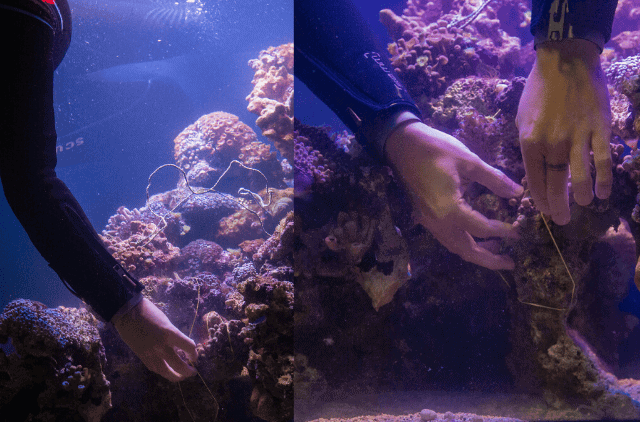
Along with these projects, ongoing maintenance and deep cleaning continue as scheduled with our trusty marine-safe cleaning toolkit, including magic erasers, toothbrushes, scrubbies, scrapers, and vacuum bottles. Although some of our marine life knows the curatorial team is friendly and doesn’t appear to be bothered by us, others choose to hide. Therefore, mornings are usually reserved for exhibit maintenance and feeding to not interfere with our guest viewing hours.
I hope this gives you a great snapshot of the ongoing care of our animals. I can personally attest that our entire team is committed to the highest standards of marine life care to ensure that they thrive in a healthy, safe, and nurturing environment.
For the health and well-being of our guests, team, and marine life, Maui Ocean Center is ensuring all government and health guidelines are in place for our guests’ return. Rest assured that when we do reopen, you will enjoy a safe and inspiring visit with peace of mind (and very clean exhibits!).
Immerse Yourself in our SEA-News featuring Hawaiʻi’s marine life, inspirational conservation, and glimpses behind-the-scenes.
